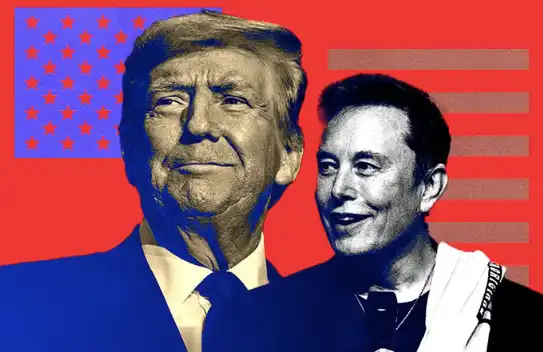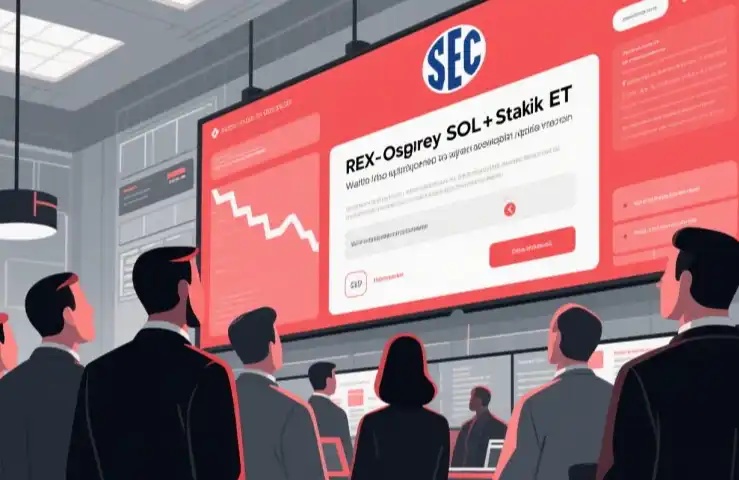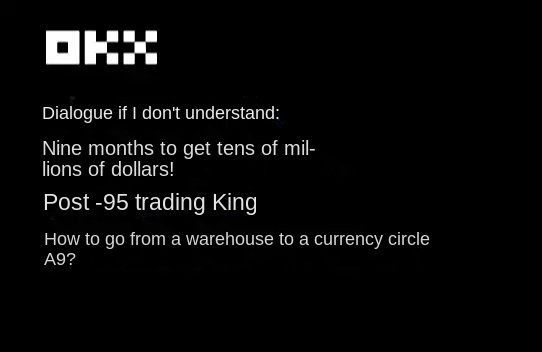Ondo's stablecoin OMMF: an algorithmic stablecoin backed by US Treasury bonds.
The content you provided is:
Original author: Leo, BlockBeats
Asset tokenization (also known as RWA) is a trillion-dollar field, and Ondo Finance is currently a leader in this field. Ondo is a structured product DeFi protocol that stands out in the DeFi 2.0 trend with its Liquidity-as-a-Service feature. LaaS is a service that helps projects obtain deep liquidity at low cost, even without liquidity mining. Ondo has attracted over $200 million in TVL.
Previously, on April 27, 2022, Ondo Finance completed a $20 million financing round led by Founders Fund and Pantera Capital. Last year, Ondo Finance also raised $10 million in a public token sale on CoinList. According to DefiLlama data, its TVL is $102 million and no ONDO incentives have been used.

Ondo Finance previous products
Before we proceed, let me briefly explain Ondo's funding strategy. Users can invest their funds in Ondo's fund by following five basic steps when investing USDC (or other stablecoins) through Ondo:
-Ondo exchanges the USDC into USD and then saves it in a bank account.
- Subsequently, Ondo uses these dollars to purchase assets, which can be ETFs or funds (holding single-name securities and other assets);
- A new fund token has been minted and deposited into the user's wallet.
-When these underlying assets generate returns, the returns will be reinvested to purchase more assets, automatically compounding user returns.
- At any time, users can revoke their own token. The fund token will be destroyed and the user will receive USDC.

Ondo has launched three types of fund tokens, namely: OHYG, OSTB, and OUSG. OHYG provides high-yield bond exposure; OSTB provides short-term corporate bond exposure with weighted average investment grade rating; OUSG provides short-term US Treasury bond exposure. In addition, to experience Ondo's products, you first need to join their whitelist.
Among the three products, OUSG is the most commonly used by users. Users deposit USDC and receive OUSG, which is dedicated to investment returns. The returns will accumulate in OUSG and drive its price up. Recently, Ondo announced that its product OUSG reached a total AUM (assets under management) of 100 million US dollars after 10 weeks of open investment. Currently, 1 OUSG = 100.81 USD.

In addition, Ondo has launched Flux Finance to increase the use cases of OUSG token. Flux Finance is a decentralized lending project that announced its launch on the Ethereum mainnet in early February. Flux connects on-chain and off-chain by supporting permissionless assets such as stablecoins and licensed assets such as tokenized securities. Lenders can provide stablecoins (USDC and DAI) to earn profits, while borrowers can collateralize OUSG. Currently, Flux Finance has an AUM of approximately $300 million, with most of the assets coming from FRAX and OUSG.

Recently, DeFi protocol Ondo Finance announced that it will launch a US dollar stablecoin called OMMF based on the Money Market Fund (MMF). Investors will be able to mint and redeem OMMF on business days and earn daily interest in the form of OMMF tokens. Let's take a look at the new stablecoin OMMF that Ondo is about to launch.
Ondo Finance has launched a new product called OMMF
OMMF is a USD stablecoin based on the Money Market Fund (MMF) recently announced by Ondo in the encryption industry. Its characteristics combine the stability and practicality of stablecoins with the investor protection and returns of MMF, bringing the money market fund to the chain. There are two reasons for launching OMMF:
-For a long time, MMF has been a popular investment choice for individuals and institutions seeking to generate revenue while protecting their capital. Currently, American MMF manages over $5 trillion in capital, providing high liquidity and low risk, with a stable value maintained at $1 per share. Unlike bank deposits, which are affected by reserve requirements and severe asset-liability mismatches, MMFs are required to invest entirely in low-risk short-term debt securities.
-Many investors have considered using OUSG as a substitute for the US dollar and stablecoins for over-the-counter (OTC) settlements and collateral, but Ondo found that assets that remain at the level of the US dollar are more suitable for these use cases.
After careful consideration, Ondo has confirmed the US money market fund and launched its tokenized version, OMMF. The MMF invested by OMMF is a type of asset with particularly low risk, representing the majority of investors holding assets pegged to the US dollar. In this way, OMMF can effectively combine cash with stablecoins, unlocking the potential of MMF, which can be used not only as a wealth storage but also as a globally accessible on-chain collateral and settlement alternative.
Mortgage: Off-exchange trading counters and other institutions often use stablecoins as collateral for loans (for example, BTC loans over-collateralized with USDC). OMMF is a high-yield, low-risk form of collateral that allows for round-the-clock settlement/clearing.
Settlement: Over-the-counter trading counters, trading platforms, traders, and other institutional parties can use OMMF settlement for transactions denominated in US dollars (or stablecoins). This allows both parties to earn interest on the settlement side and better manage risk.
OMMF use cases also include the ability for investors to mint and redeem OMMF on business days and earn interest daily in the form of OMMF tokens. OMMF is also a type of rebase token, derived from the rebase mechanism, which means that the amount of tokens locked by users will increase at a certain rate over a fixed period of time. For example, OlympusDAO for OHM. This mechanism will also bring OMMF holders a super high yield. OMMF will also hold stablecoin reserves on-chain and use these reserves for 24/7 instant subscriptions and redemptions (as long as there are remaining stablecoin reserves, otherwise redemption settlement will be at most T+3, that is, the redemption funds will arrive 3 days later).
Compared to OUSG, the advantage of OMMF is also in its use cases, due to its feature of being pegged to the US dollar, its use cases will be more than the previous OUSG, such as settlement or collateral mentioned earlier; and in the future, OMMF will be compatible with on-chain financial infrastructure (DeFi protocols).
OMMF can also help start-ups, DAOs, and HNWIs seamlessly convert between stablecoins and yield-bearing cash equivalents such as government bonds and MMFs.
Conclusion
As the world moves towards a more digital and decentralized direction, OMMF represents a direction for the future of cryptocurrency and the physical economy. It can provide a better way for depositors (even outside of the cryptocurrency economy) to store and transfer wealth. Ondo also has an admirable team that is constantly developing products suitable for both the cryptocurrency and real markets, quickly bridging and growing both economies, and contributing to the RWA field.
Welcome to join the official community of BlockBeats by LuDong.
Welcome to join the official BlockBeats community:
Telegram Subscription Group: https://t.me/theblockbeats
Telegram Discussion Group: https://t.me/BlockBeats_App
Official Twitter Account: https://twitter.com/BlockBeatsAsia
 Forum
Forum OPRR
OPRR Finance
Finance
 Specials
Specials
 On-chain Eco
On-chain Eco
 Entry
Entry
 Podcasts
Podcasts
 Activities
Activities









